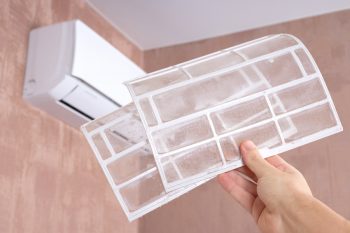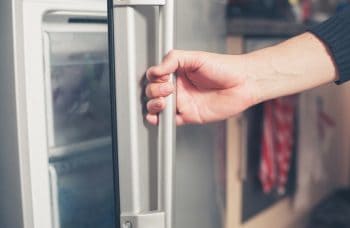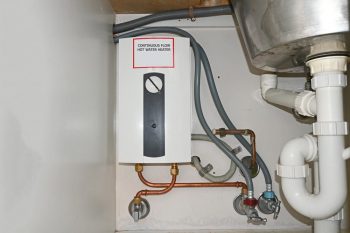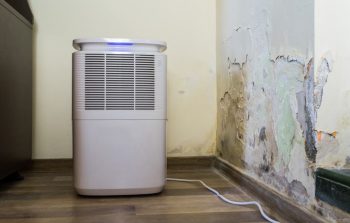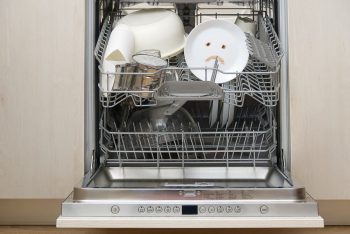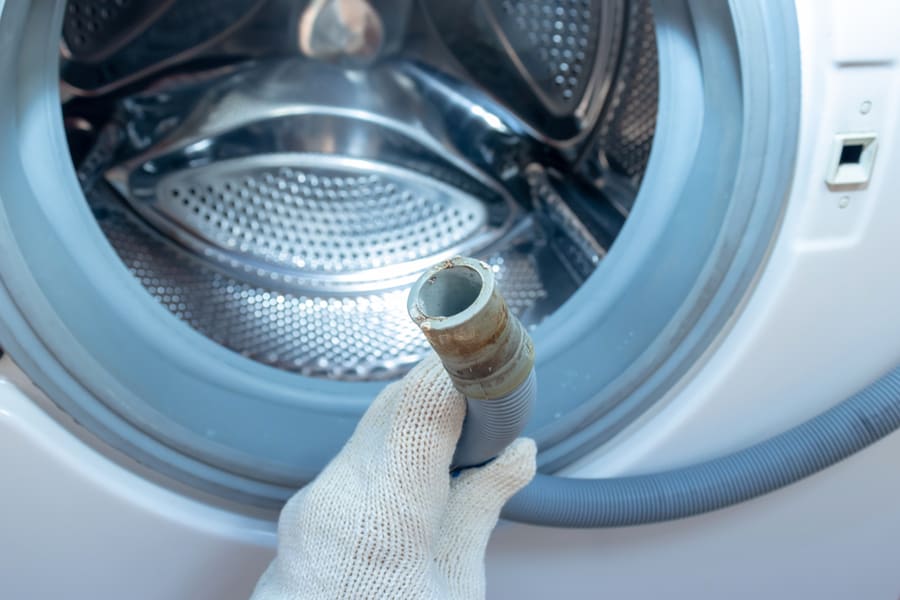
Are your clothes smelling bad since your machine fails to drain correctly?
Then there might be a chance that your washing machine has a clog. So, prevent your laundry from piling up when the appliance teacher is here to teach you how to drain a washing machine.
If your washing machine is not draining properly, you must drain it manually before attempting to fix it.
Various things might cause your washing machine to prevent draining, such as the buildup of fibers or lint, a kink in the drain line, or an errant article of clothing. You must first inspect the problem.
The first thing that comes to mind is to throw open the door, get a bucket, and try to seize the water as much as possible. But the better strategy is to siphon the water through the drain pipe and straight into the container, regardless of whether you have a front load or a top load machine.
For this, set out some towels and a bucket to collect the water. Then find the drain (in front of the front loaders and the back of the back loaders).
Next, as soon as the water stops flowing, remove the drain pump and carefully pour it into your storage cleaner.
Now you won’t have to wait long to get your washing machine back up and running smoothly since we’ve listed how you can drain the washing machine.
Steps for Draining a Washing Machine
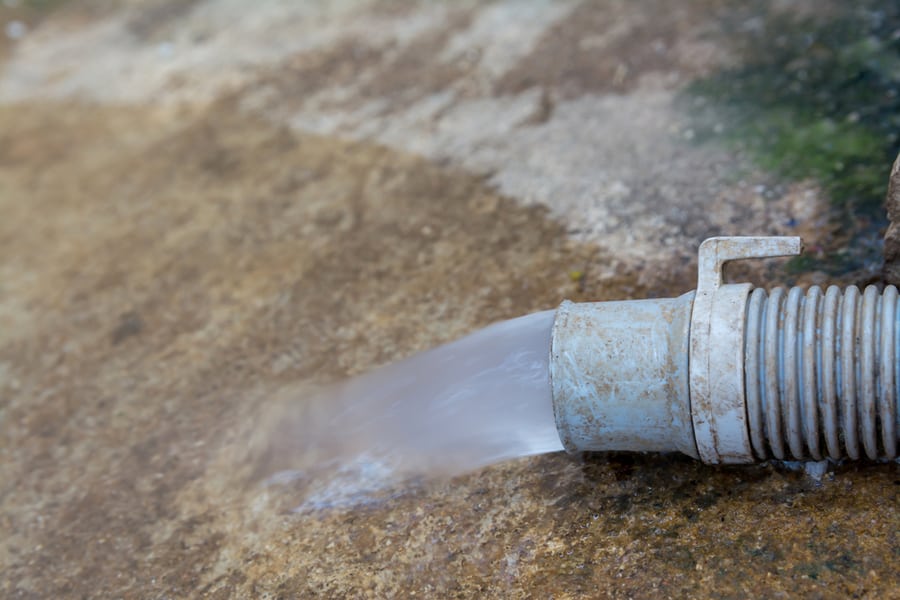
When your washer breaks down, use this stress-free, mess-free method to eliminate any standing water.
Draining a Top-Loading Washing Machine Manually
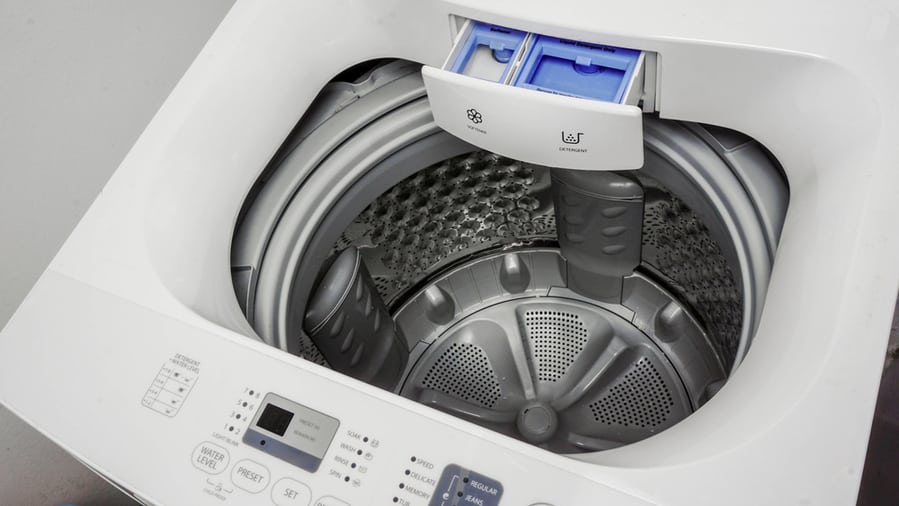
Here’s how you can drain your top-loading washing machine manually.
Before beginning, ensure your top-loading washing machine’s cover is tightly closed before attempting to drain it. Since when the lid is fully closed on top-loading washing machines, they will only drain and spin.
Step #1: Cut the Electricity and Spread Some Towels

To begin, remove the machine’s plug for safety.
Turn off the relevant circuit breaker if it is hardwired into your electrical system. As a result, there will be no chance of electric shock.
If there is a spill, surround your washing machine with towels.
Step #2: Find the Drain Hose Behind Your Washing Machine
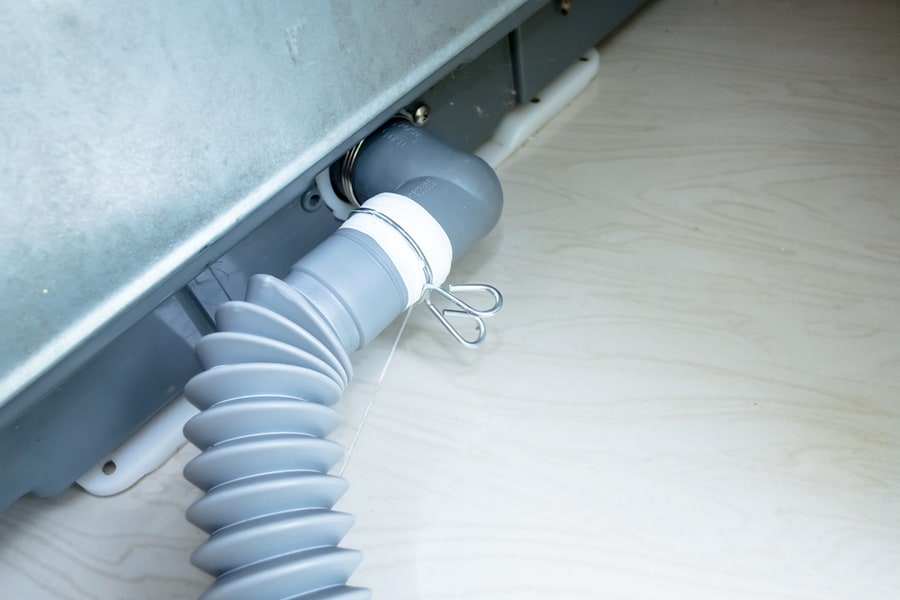
To make room, dislodge the washer from its wall-mounted perch.
The machine’s rear normally has three hoses, two of which are color-coded (red for hot water and blue for cold water); the drain hose is often grey).
As an additional safety measure, you should probably cut off the water supply that goes to the cold and hot hoses.
The drain hose should then be removed from its connection to the pipe and held atop your washing machine to prevent water from escaping.
Step #3: Remove the Water

Now take hold of your bucket, carefully insert the drain hose inside, and let gravity do the rest of the work.
When the bucket is full, reattach the drain hose to the pipe so you can pour the water into a basin or sink to be discarded.
To complete the task of emptying the drum, repeat the process till your drum is empty.
Draining a Front Loading Washer Manually
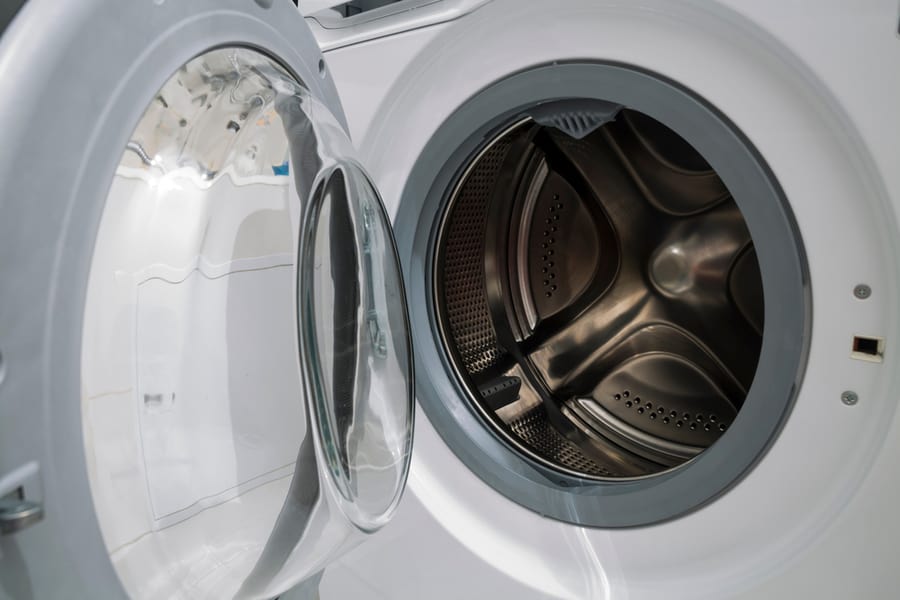
Here’s how you can drain your front-loading washer manually.
But before starting, make sure you cut the electricity and spread towels, just like in a top-loading washing machine.
Step #1: Track Down the Drain Hose
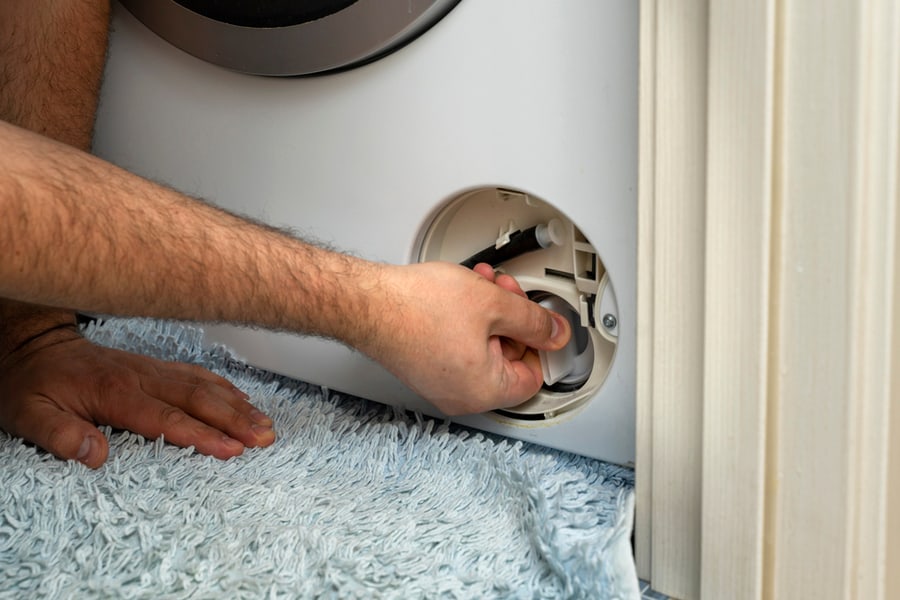
A front-loading washing machine’s drain hose will either go straight to the drainpipe or to a filter in the drainpipe.
You should be able to access it from behind the front bottom panel of your panel.
For instructions on how to open the panel, consult the owner’s manual. As for some machines, this task calls for the use of a screwdriver.
There are certain front-loading machines without drain hoses.
Instead, you might find a huge cap that unscrews counterclockwise when you remove the drain cover, releasing the water in one continuous stream. Therefore, you must bring huge catch trays for the draining water.
Step #2: Remove the Water
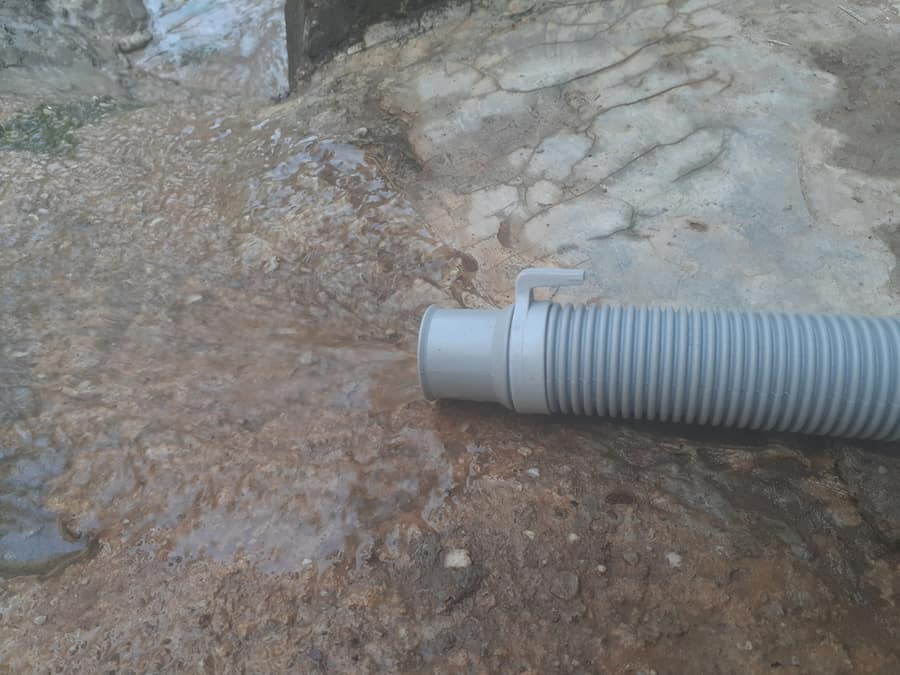
Put the shallow container under the filter if you only have access to the drain pump, and then set the machine against the container to drain the water. Slowly turn the knob until water begins to flow.
When the water is completely drained, fill the water tray, shut off the knob, pour the water into a basin or sink, and repeat.
Loosen the drain tubing from the drain pump when ready to discharge the water and remove the cap. After emptying the water, supersede the cap and reattach the hose.
Since the drain pipe is small, draining is laborious. So, it would be best to allow it to drain completely by being patient and giving it time.
Step #3: Clean the Filter
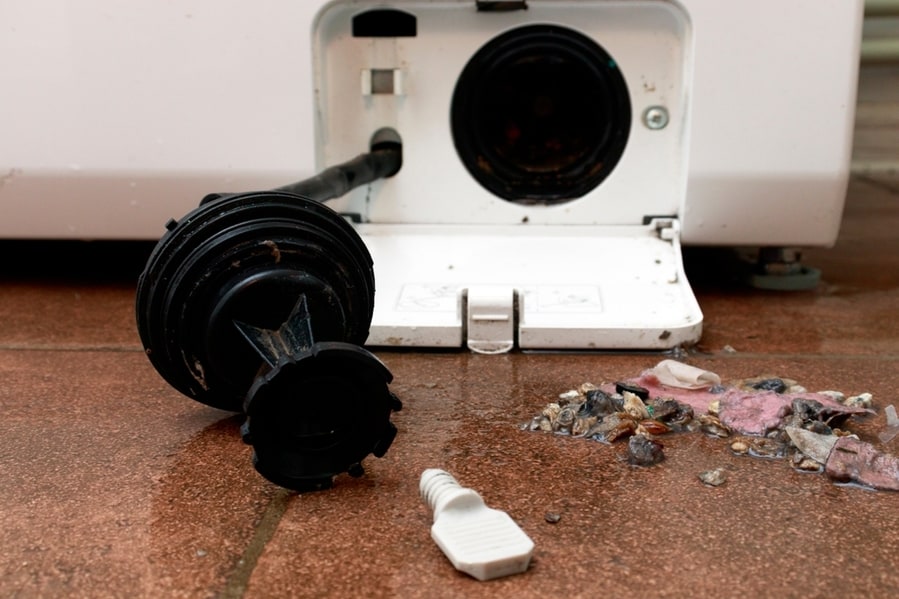
When you’re done removing water, you should remove the filter’s visible particles.
Use warm water for rinsing, and scrape the filter with your hands or a gentle brush.
Methods To Prevent Water Spilling Out of the Washer

You’d undoubtedly already realize how dirty it could be to drain a washing machine. And a front loader with a low-to-the-ground drain pipe will make this especially true.
Therefore, let’s go over a stress-free method to prevent water from spilling out of the washer.
- Raise the machine using bricks or wooden blocks.
- Put down a tarp to confine water and protect your floors.
- Set down absorbent towels to soak up any messes.
- We suggest you use a tray instead of a deep bucket because the latter won’t let it beneath the drain pipe of front-loading machines. Just remember you will need to drain it periodically to prevent overflowing.
- Be careful when emptying a top loader by pointing the hose upwards until you have a bucket handy. In a matter of seconds after pointing the hose downward, water will begin to flow out due to the force of gravity.
- In front-loading machines, take your time when removing the drain filter to prevent water from spilling out.
You’ll have a messier task if your machine develops a clog and stops working in the middle of a cycle. This will result in the leaking of that cycle’s water all at once.
This could be several gallons or more! And it might get exceedingly muddy and nasty in this situation. Thus, we advise you to follow the abovementioned steps to save yourself from a messy situation.
Conclusion
Draining stinky water is an important part of cleaning your clothes. If your washing machine lacks this feature, you must look at it soon.
Therefore, in this guide, we have mentioned how you can drain a washing machine mess-free and stress-free.
All you need to do is find the drain hose and catch water on a tray or in a container until your drum is empty.
Frequently Asked Questions
What To Do if Your Washing Machine’s Drainer Is Not Working?
The first thing you need to do when your washing machine’s drainer is not working is to remove the screws from the front panel.
Then unplug the device and drain the water from it. You can also take advantage of gravity in it. And if you want to stop the hose from leaking any more water, clamp it again with screws.
Why Is It Important To Drain Washing Machines?
It is essential to empty the contents of your washing machine and let it air dry completely to free it from germs. Bacteria thrive in damp and humid conditions, so it is crucial to do so.

